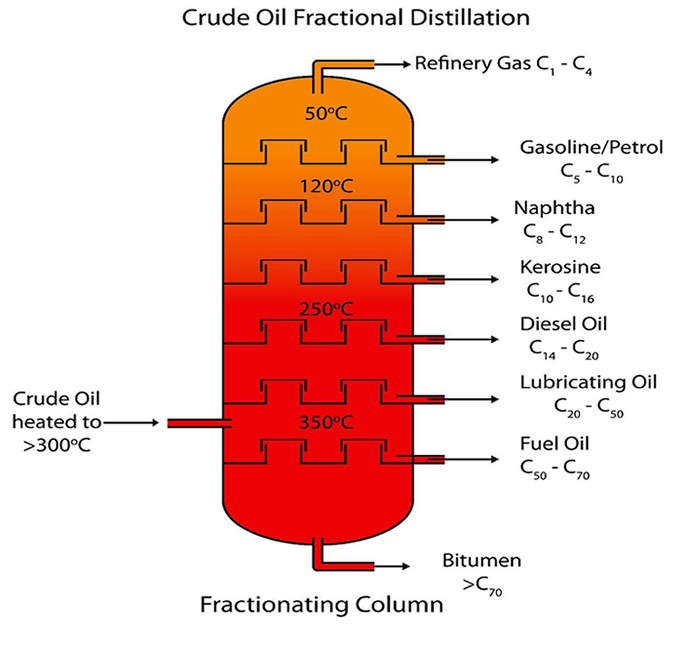The below table lists common types of used oils that are regulated under the Resource Conservation and Recovery Act (RCRA), and provides examples of wastes and products that do not meet EPA’s definition of used oil. Please note that this list does not include all types of used oil.
Used Oil Is:
- Used synthetic oil — usually derived from coal, shale, or polymer-based starting material.
- Used engine oil — typically includes gasoline and diesel engine crankcase oils and piston-engine oils for automobiles, trucks, boats, airplanes, locomotives, and heavy equipment.
- Used transmission fluid.
- Used refrigeration oil.
- Used compressor oils.
- Used metalworking fluids and oils.
- Used laminating oils.
- Used industrial hydraulic fluid.
- Used copper and aluminum wire drawing solution.
- Used electrical insulating oil.
- Used industrial process oils.
- Oils used as buoyants.
Used oil containing polychlorinated biphenyls may be subject to additional requirements under the Toxics Substances Control Act.
Used Oil Is Not:
- Waste oil that is bottom clean-out waste from virgin fuel storage tanks, virgin fuel oil spill cleanups, or other oil wastes that have not actually been used.
- Products such as antifreeze and kerosene.
- Vegetable and animal oil.
- Petroleum distillates used as solvents.
Oils that do not meet EPA’s definition of used oil can still pose a threat to the environment when disposed of and could be subject to the RCRA regulations for hazardous waste management.

